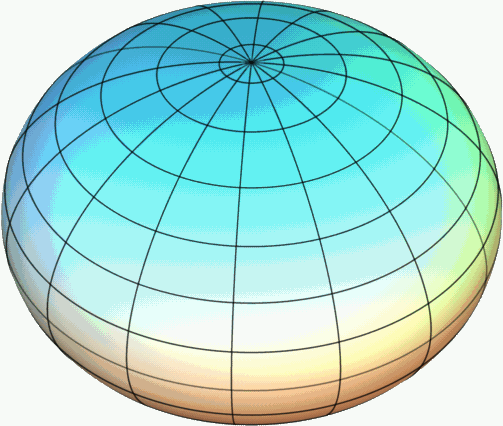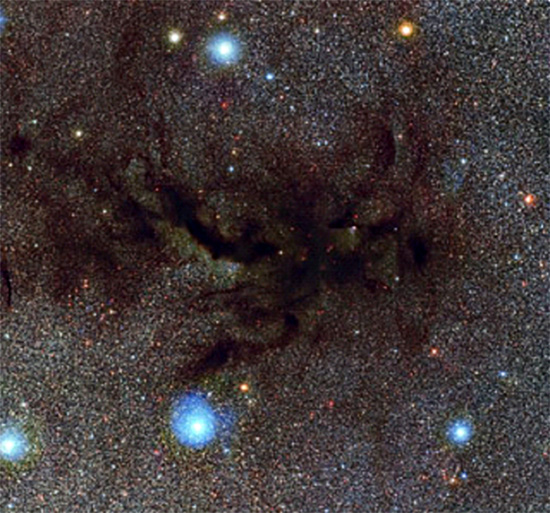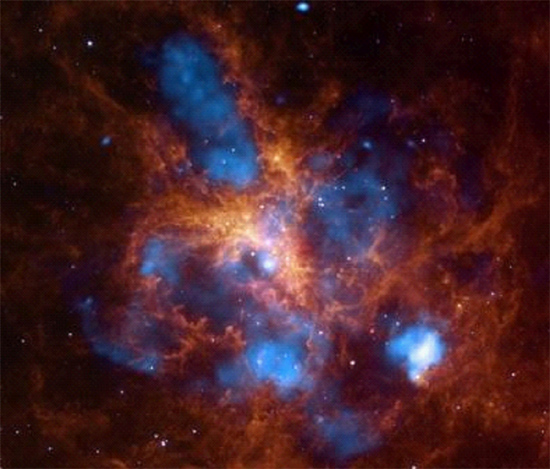This is not a Birkeland Current
Still Seeing Red
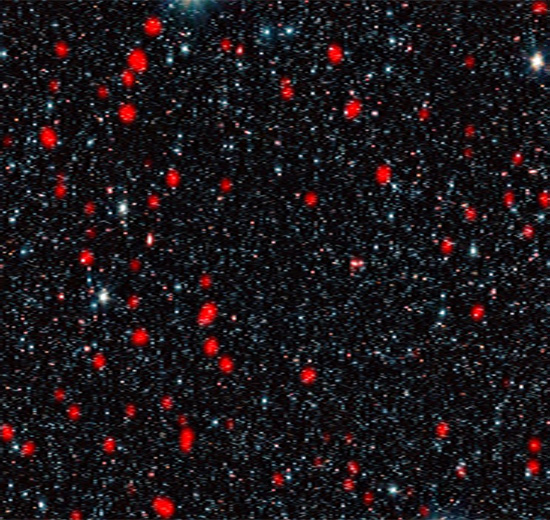
Jul 24, 2012 Fourteen years ago, Halton Arp published Seeing Red. Chapter 6, “Clusters of Galaxies,” presented his finding that the clusters were low-luminosity high-redshift—and nearby—“star piles.” There was not then and there has not been since any discussion of the difficulties for consensus theories that Arp’s observations revealed….
The Fall of El Gordo
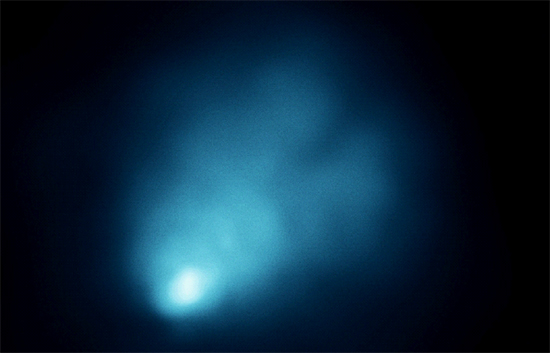
July 12, 2012 El Gordo is so called because it is the biggest, brightest, and hottest pair of colliding galaxy clusters known to astronomers. Astronomers “know” that El Gordo is over 7 billion light-years from Earth. This knowledge derives from the amount by which El Gordo’s light is shifted toward the red…
Electric Helix
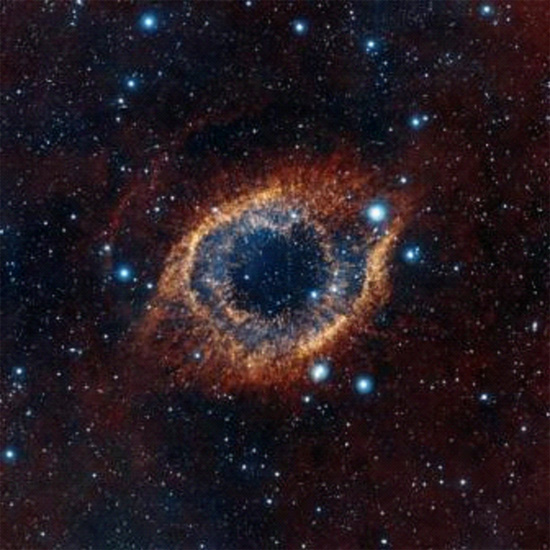
July 05, 2012 A recent image of the Helix Nebula in the constellation Aquarius exposes more details of its electrical structure. The new infrared image shows radial Birkeland currents (called “strands” in the press release) crossing the concentric rings and converging on the central star. (Will “strands” now replace the former…
Billions of Suns, Billions of years
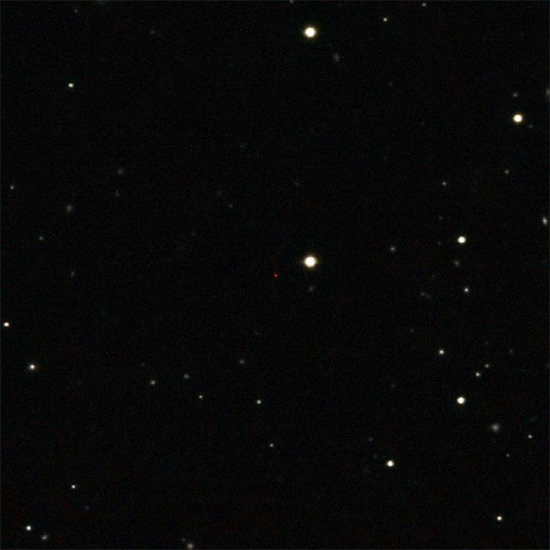
June 26, 2012 If redshift (z) indicates distance, then astronomers have discovered the superlative object: the most distant, the most ancient, the most luminous, the most massive. Analysis of the object’s spectrum shows that its lines have shifted toward the red by over 700% (z=7.1). The consensus opinion is that the object—a…
Rime of the Ancient Water Bridge
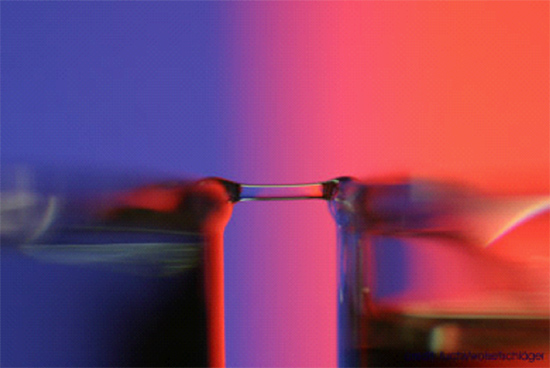
June 25, 2012 Discoveries in space plasma may provide an explanation for a century-old mystery. Sir William Armstrong, an English hydraulics engineer, first observed the floating water bridge in 1893. It defied explanation and was ignored until recently. Findings in space plasma that have renewed attention to plasma’s electrical properties,…
Getting Sloshed

June 10, 2012 Is hot gas sloshing in a gravitational wine glass—or is astrophysicists’ reasoning going in a circle? A recent press release explains: “Like wine in a glass, vast clouds of hot gas are sloshing back and forth….” The blue image is assembled electronically from x-ray data and superimposed on the…
New Ideas for New Stars
X-1 Files
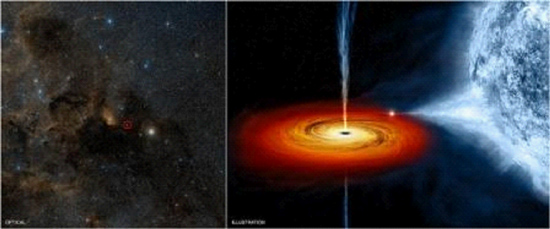
May 21, 2012 Without a theory of electricity in space, astronomers must explain cosmic lightning with theories of falling gas. To get x-rays from falling gas, the gas must be attracted to a source of gravity with orders-of-magnitude more force than any known density of matter. Nevertheless, with suitable…





